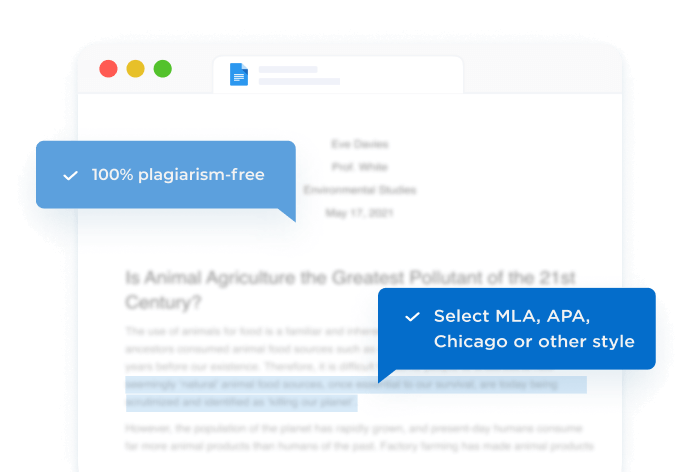Introduction
Immigration is a multifaceted phenomenon that significantly shapes the demographic and cultural landscapes of nations. However, immigrants often encounter a spectrum of prejudices that manifest through race, gender, social class, and language barriers. These prejudices not only hinder their integration but also perpetuate systemic inequalities. According to the International Organization for Migration, there were approximately 281 million international migrants worldwide in 2020, reflecting the global scale of migration and the critical need to address the biases they face (International Organization for Migration). As immigrants strive to carve out a space for themselves in new societies, they frequently confront stereotypes and discrimination that stem from deeply entrenched societal norms. This essay delves into the complex interplay of race, gender, social class, and language prejudice that immigrants encounter, examining real-life cases and scholarly insights to elucidate these pervasive issues. By understanding the root causes and manifestations of these biases, we can develop more inclusive and equitable policies that support immigrant communities.
Impact of Racial and Gender Prejudice
Racial prejudice against immigrants is a pervasive issue that has profound implications for their socio-economic integration. Immigrants of color, in particular, face discriminatory practices that limit their opportunities and perpetuate social stratification. According to a study by the Pew Research Center, immigrants from Latin America and Africa experience higher levels of discrimination compared to their European counterparts (Pew Research Center). This disparity highlights the racial biases that are deeply embedded in societal structures. Moreover, gender prejudice further complicates the experiences of immigrant women, who often face a dual disadvantage. As noted by sociologist Tanya Golash-Boza, immigrant women are subjected to both racial and gender discrimination, which limits their access to employment and social services (Golash-Boza). A poignant example is the case of Latina women in the United States, who often work in low-wage, precarious jobs with little job security and face barriers in accessing healthcare and education (National Women's Law Center).
The intersectionality of race and gender creates unique challenges for immigrant women, necessitating a nuanced analysis of their experiences. Counterarguments suggest that immigrant communities possess resilience and agency, enabling them to navigate and resist these prejudices. While this perspective underscores the strength and adaptability of immigrants, it should not detract from the systemic barriers that perpetuate inequality. Addressing racial and gender prejudice requires a multifaceted approach that includes policy reform, community engagement, and awareness-raising initiatives. By acknowledging and dismantling these biases, societies can foster a more inclusive environment for immigrants.
Challenges of Social Class and Language Barriers
Social class significantly influences the immigrant experience, often dictating access to resources and opportunities. Immigrants from lower socio-economic backgrounds encounter numerous obstacles, including limited access to quality education, healthcare, and employment. These challenges are exacerbated by language barriers, which impede communication and integration. According to the Migration Policy Institute, language proficiency is a critical determinant of economic success for immigrants, with those lacking proficiency in the host country's language facing higher unemployment rates and lower wages (Migration Policy Institute). For instance, non-English speaking immigrants in the United States often struggle to find jobs that match their skills and qualifications, leading to underemployment and economic instability (American Community Survey).
Language prejudice manifests in various forms, from subtle microaggressions to overt discrimination in workplaces and public spaces. This bias not only marginalizes non-native speakers but also reinforces social hierarchies based on linguistic ability. Critics argue that language acquisition is a personal responsibility and that immigrants should prioritize learning the host country's language to improve their prospects. While language acquisition is undoubtedly beneficial, this perspective overlooks the systemic factors that hinder language learning, such as limited access to language classes and financial constraints. To address social class and language barriers, it is imperative to implement policies that provide affordable language education and support services for immigrants. Additionally, fostering a culture of linguistic diversity and inclusion can mitigate language prejudice and promote social cohesion.
Conclusion
In conclusion, the prejudices of race, gender, social class, and language profoundly affect the experiences of immigrants, shaping their opportunities and quality of life. These biases are deeply rooted in societal structures, necessitating comprehensive strategies to dismantle them. While immigrants exhibit resilience and adaptability, systemic changes are essential to ensure equitable access to resources and opportunities. By addressing these prejudices, societies can create more inclusive and supportive environments for immigrants, enabling them to contribute meaningfully to their communities. As the global landscape continues to evolve, fostering understanding and empathy towards immigrants is crucial for building harmonious and equitable societies. Continued research and dialogue are essential to unpack the complexities of immigration and prejudice, paving the way for meaningful change and social justice.






 Stuck on your essay?
Stuck on your essay?

